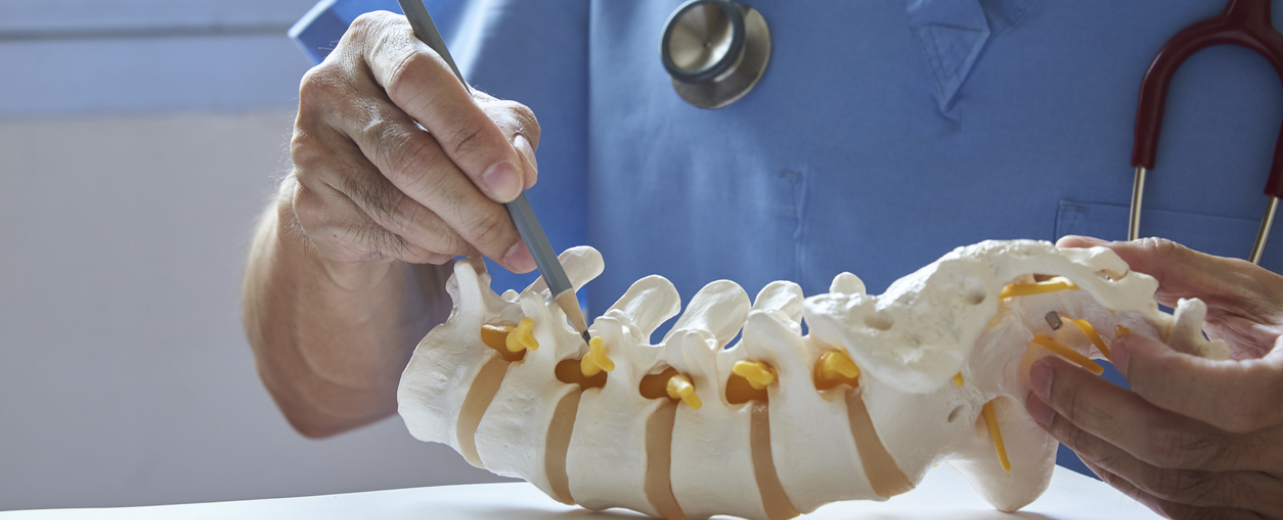
Revolutionizing Spinal Care: The Power of Non-Invasive Technology
In the realm of medical advancements, breakthroughs that offer effective yet non-invasive solutions for complex conditions have always been the holy grail. In the context of spinal health, the advent of non-invasive technology has marked a significant turning point, offering new hope and possibilities for patients suffering from various spinal disorders. From addressing chronic back pain to treating intricate spinal deformities, the integration of non-invasive approaches has transformed the landscape of spinal care, providing a safer and more patient-friendly alternative to traditional surgical interventions. This article delves into the cutting-edge innovations and techniques that are reshaping the way we perceive and treat spinal conditions, shedding light on the promising future of non-invasive spinal treatments.
The Rise of Non-Invasive Techniques: A Paradigm Shift in Spinal Care
Conventional spinal treatments often involve invasive procedures that carry inherent risks and longer recovery periods. The emergence of non-invasive technologies has led to a paradigm shift in how spinal conditions are approached and managed. Techniques such as non-invasive spinal decompression, laser therapy, and ultrasound-guided treatments have gained prominence, allowing medical professionals to alleviate pain, correct spinal misalignments, and address degenerative spinal conditions without the need for extensive surgeries. These advancements not only minimize patient discomfort but also significantly reduce the associated risks, making them a preferable option for those seeking effective yet gentler forms of treatment.
The Promise of Non-Invasive Spinal Decompression: A Beacon of Hope for Chronic Pain Sufferers
Chronic back pain, often stemming from conditions like herniated discs or spinal stenosis, can debilitate individuals, affecting their quality of life and overall well-being. Non-invasive spinal decompression has emerged as a promising solution for individuals grappling with such persistent pain. This technique involves the use of traction to gently stretch the spine, creating negative pressure within the discs and promoting the retraction of bulging or herniated discs. By facilitating the influx of nutrients, oxygen, and other vital substances into the affected area, non-invasive spinal decompression encourages natural healing processes, providing relief and restoring mobility without the need for invasive surgery.
Laser Therapy and Ultrasound-guided Treatments: Precision and Efficacy in Spinal Care
In addition to non-invasive spinal decompression, advancements in laser therapy and ultrasound-guided treatments have expanded the spectrum of non-surgical spinal interventions. Laser therapy, through its targeted application of light energy, aids in reducing inflammation, alleviating pain, and stimulating tissue regeneration. Similarly, ultrasound-guided treatments enable physicians to visualize and precisely administer therapeutic interventions, such as injections and nerve blocks, with enhanced accuracy, ensuring optimal results while minimizing the risk of complications. These non-invasive techniques not only offer effective pain management but also contribute to the overall improvement of spinal function and mobility.
Looking Ahead: A Bright Future for Non-Invasive Spinal Care
The continuous evolution and integration of non-invasive technologies in the field of spinal care signal a promising future for patients and medical practitioners alike. With ongoing research and development, it is conceivable that non-invasive treatments will continue to advance, providing even more sophisticated and tailored solutions for a diverse range of spinal conditions. By prioritizing patient comfort, minimizing recovery times, and upholding safety standards, these innovative techniques are reshaping the landscape of spinal care, ushering in an era of comprehensive and patient-centric treatment approaches. As we look to the future, the transformative impact of non-invasive spinal technology remains a beacon of hope for those seeking effective and compassionate care for their spinal health concerns.